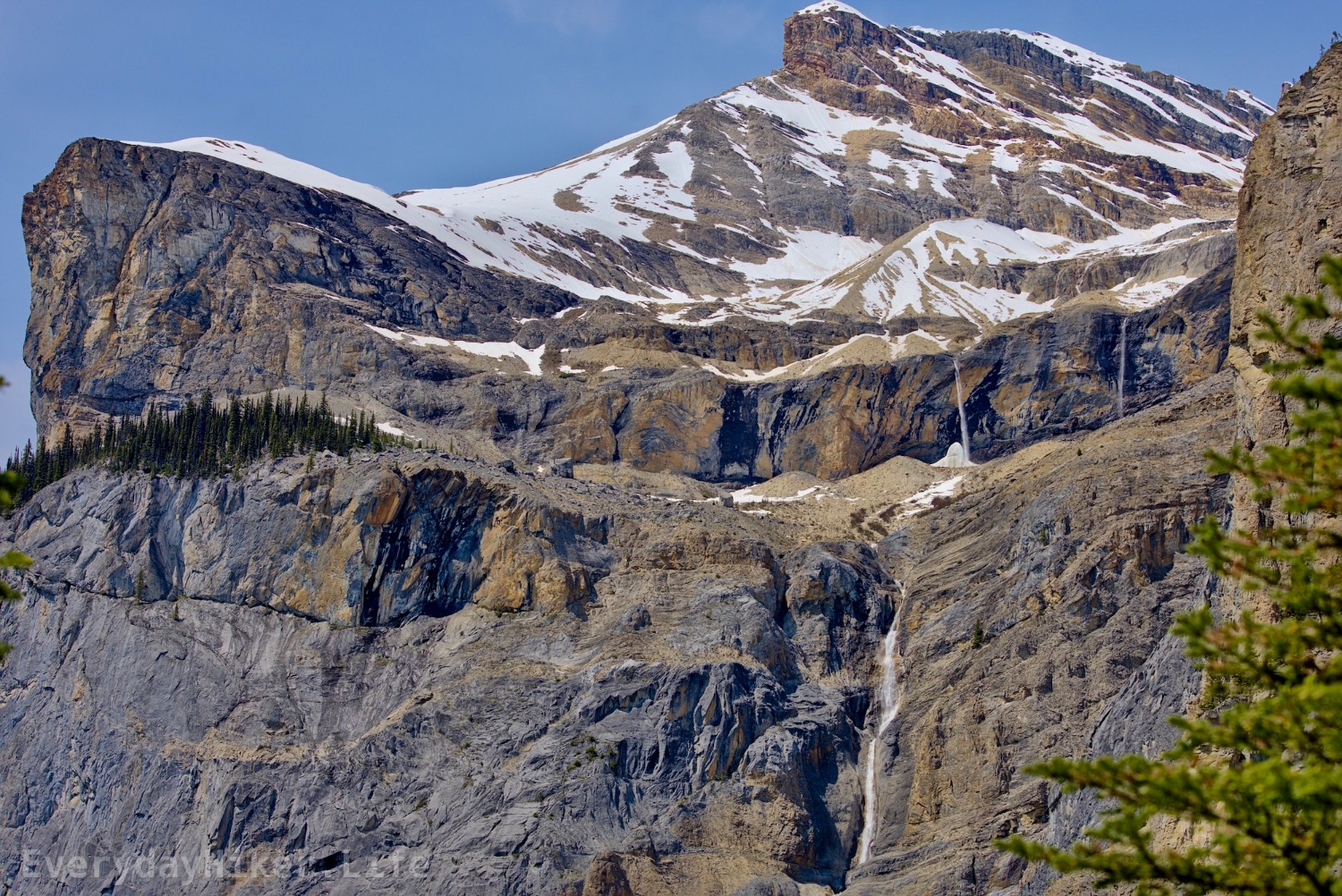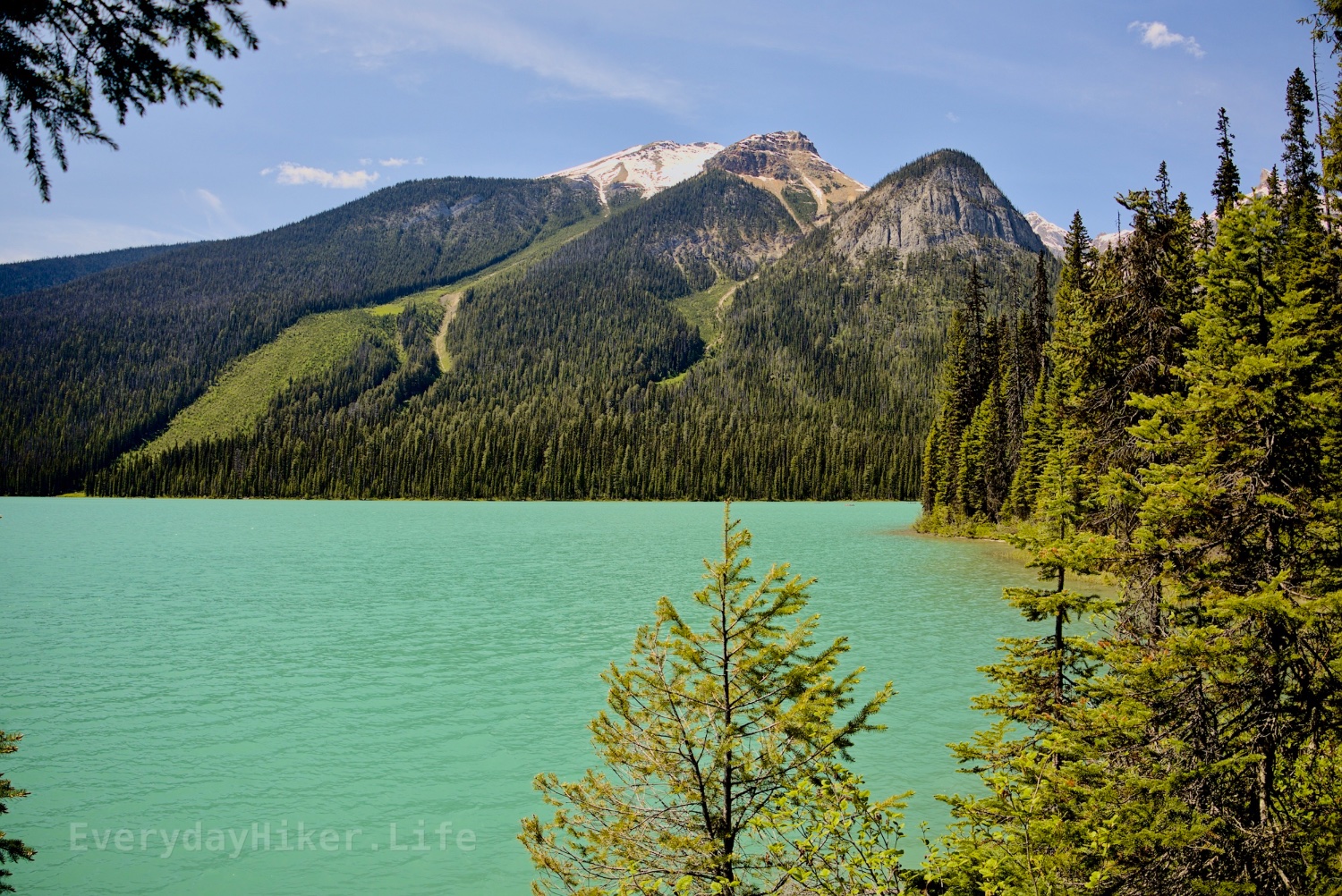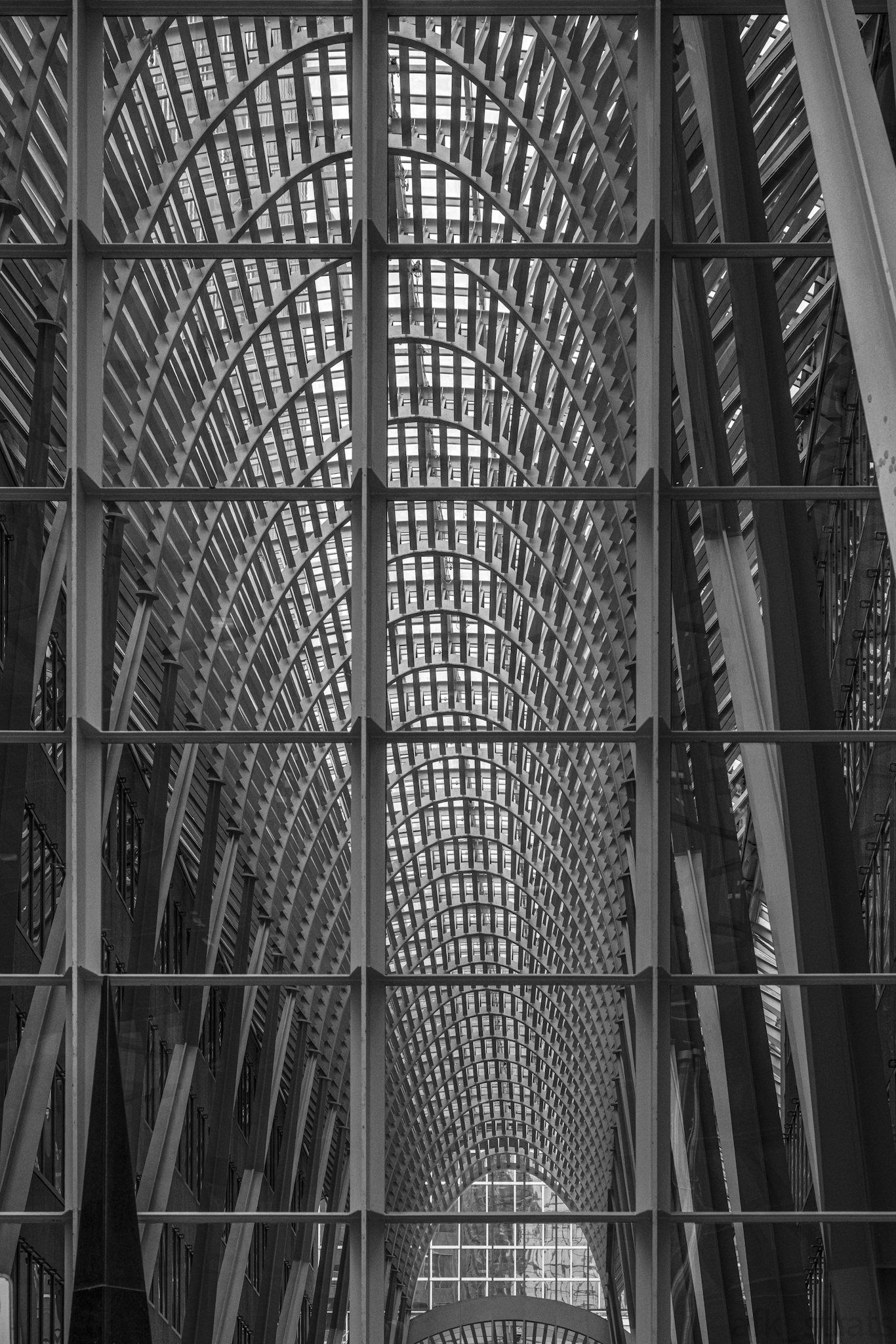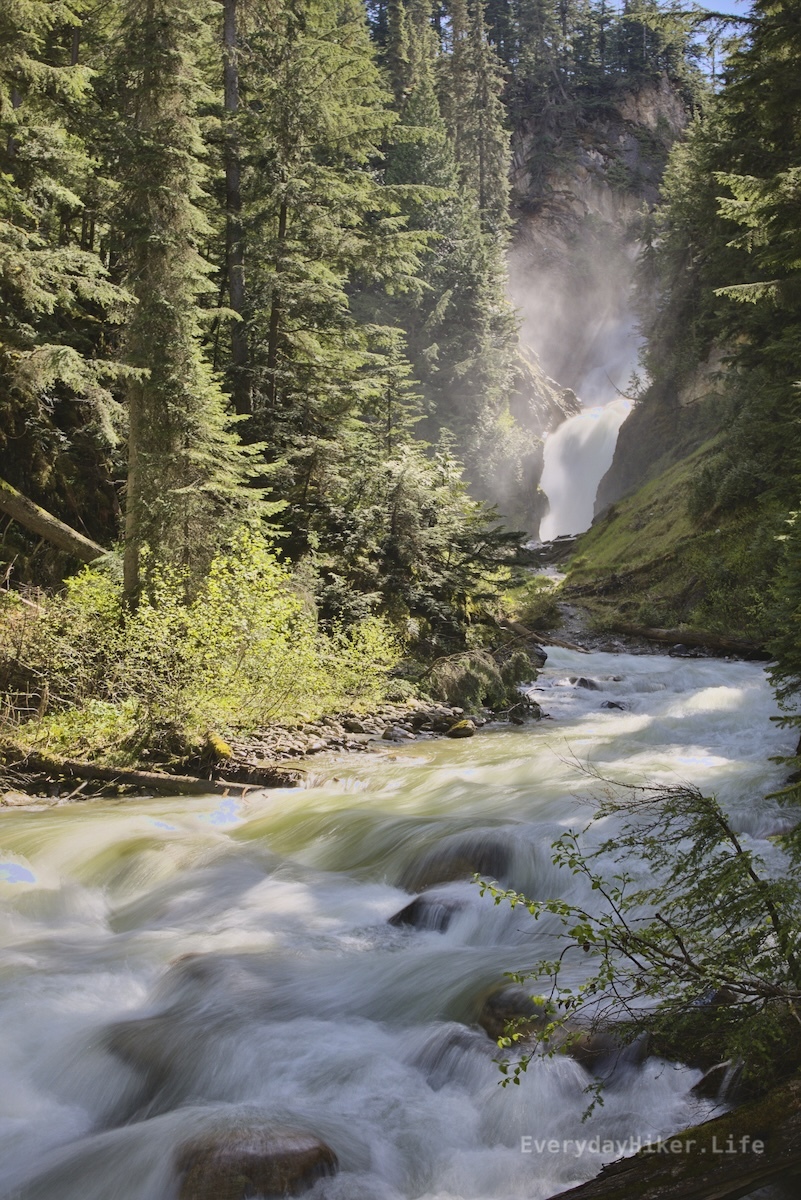Photography
5842 readers
4 users here now
A community to post about photography:
We allow a wide range of topics here including; your own images, technical questions, gear talk, photography blogs etc. Please be respectful and don't spam.
founded 2 years ago
MODERATORS
1
2
3
4
5
6
7
8
9
1
PNG has been updated for the first time in 22 years — new spec supports HDR and animation
(www.tomshardware.com)
10
11
12
13
14
15
16
17
18
19
20
21
22
23
24
25
view more: next ›





















































